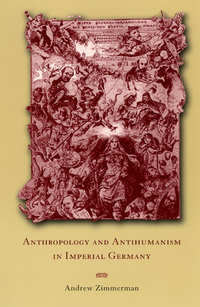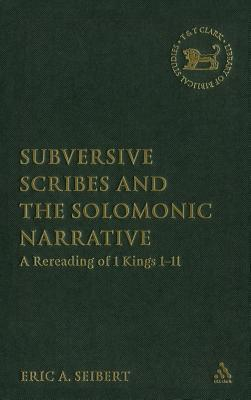Stendhal: The Red and the Black

Summary
Stendhal's great novel The Red and the Black, published in 1830, is seen as one of the most distinguished monuments of literary realism. In this introductory study, Stirling Haig shows how this realism derives from the incorporation of both history and legal reportage into the novel, and how it combines autobiography with mimesis. Professor Haig locates the novel in the context of Stendhal's own experiences as a Commissariat officer in the Napoleonic army, journalist, opera-lover, salon dandy and traveller in Italy and Restoration France, and highlights the constant inter-penetration of personal, documentary, and fictional elements in Stendhal's writings.
Similar Books
-
 Imagining the Balkans
Imagining the Balkansby Maria N. Todorova
-
 Rituals of War: The Body and Violence in Mesopotamia
Rituals of War: The Body and Violence in Mesopotamiaby Zainab Bahrani
-
 Anthropology and Antihumanism in Imperial Germany
Anthropology and Antihumanism in Imperial Germanyby Andrew Zimmerman
-
 Medieval Identity Machines (Volume 35)
Medieval Identity Machines (Volume 35)by Jeffrey Jerome Cohen
-
 The Seduction of the Occult and the Rise of the Fantastic Tale
The Seduction of the Occult and the Rise of the Fantastic Taleby Dorothea E. Von Mucke
-
 Late-Medieval Prison Writing and the Politics of Autobiography
Late-Medieval Prison Writing and the Politics of Autobiographyby Joanna Summers
-

-
 Subversive Scribes and the Solomonic Narrative: A Rereading of 1 Kings 1-11
Subversive Scribes and the Solomonic Narrative: A Rereading of 1 Kings 1-11by Eric A. Seibert
-
 The English Civil Wars in the Literary Imagination
The English Civil Wars in the Literary Imaginationby Claude Summers
-
 An Erotic Philology of Golden Age Spain
An Erotic Philology of Golden Age Spainby Adrienne Laskier Martin